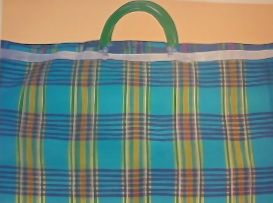Exhibition: August 28, 2016 to January 15, 2017
Opening Reception: Thursday, October 6, 2016, 6 p.m. to 8 p.m.
Self Help Graphics & Art (SHG), a community art center based in East Los Angeles, has been an integral part of Chicano art production since its foundation in 1970. SHG played a critical role in the Chicano movement and the art of printmaking was a means to expand activism around civil rights and ethnic pride. The deployment of printmaking as a vehicle for grassroots organizing and political and social commentary was profoundly influenced by Mexican artists of the 1920s and 1930s, such as Jose Guadalupe Posada, Leopoldo Mendez, and David Alfaro Siqueiros, as well as art collectiveTaller de Grafica Popular in Mexico City. Drawing upon these influences, Franciscan nun Sister Karen Boccalero formed SHG, joining a wave of other Chicano printmakers in Chicago, San Francisco, and Sacramento. Sister Boccalero’s roots in activist art can be traced to her education at Immaculate Heart College in Los Angeles where she studied under Sister Corita Kent, influential printmaker and social justice advocate of the 1960s and 1970s. Sister Karen Boccalero, along with artists Carlos Bueno, Antonio Ibaez, FrankHernández, and others held their first exhibition in 1971.
Established in Boyle Heights, SHG was enormously successful in promoting Chicano artists and outreaching to young Latino artists throughout the 1970s and 1980s, and was a means to celebrate Chicano culture, to empower a political voice, and to generate art that was rooted in Mexican tradition and that bypassed the mainstream art world. The Chicano self-empowerment movement drove the vision of SHG. Artists created art, held their own exhibitions, and sold their work on their own terms.
SHG became a critical gathering place in the local community and was a site of art making, activism, and music. During the 1970s, SHG brought the traditions of DÃa de los Muertos, or Day of the Dead, to Los Angeles as means to reclaim indigenous identity and to engage the local community in the cultural practices of making papel picado and altars, and holding printmaking workshops for the community. In 1974, SHG also launched Barrio Mobile Art Studio, a vehicle equipped with art supplies that went directly into Latino communities “to develop the individual’s aesthetic appreciation, to provide an alternative mode of self-expression, and to increase the individual’s appreciation of Chicano culture.”
In 1982, SHG began its seminal Experimental Screen print Atelier, a workshop program that allowed artists to create high-quality limited edition prints using methods such as serigraphy, intaglio, and lithography. This new direction offered Chicano artists a foray into the mainstream art world and art market. During the 1990s, SHG sought a more outward-facing posture and began seeking to disseminate Chicano art to a wider audience. SHG organized the traveling exhibition, Chicano Expressions, and donated numerous artworks to archives and museums. In 1996, a year before her death, Sister Boccalero donated 42 prints to the Riverside Art Museum (RAM) to be held in our Permanent Collection.
SHG continues its legacy of bringing art to the community through its programs. DÃa de los Muertos remains a significant cultural celebration for SHG and in Los Angeles, and the Barrio Mobile Art Studio is still active today and was recently brought to Riverside’s Eastside by RAM and the Riverside Community Health Foundation. An exhibition of prints created with Eastside residents and the Barrio Mobile Art Studio is on view in the Taylor Family Gallery.
The atelier program is now the internationally acclaimed Professional Printmaking program that invites 10-20 printmakers as artists in residence each year to address a range of themes, including SHG’s traditional themes of culture, religion, politics, and Day of the Dead, as well as evolving themes of ecology, female empowerment, and gentrification.
Over time, SHG has broadened its approach to art making from strictly Mexican-American heritage to the broader pan-Latin-American community, as well as to other cultures and communities that have shared aesthetic political goals. SHG, in partnership with the Museum of Latin American Art and the Richardson Center for Global Engagement, organized an international artist ambassador exchange program with the Taller Experimental de Gráfica in Cuba. Earlier this year, SHG co-produced with Social Public Art Resource Center, the Center for the Study of Political Graphics, and Art Division, a traveling exhibition called Ayotzinapa: A Roar of Silence of works by international printmakers from Mexico, Iran, Poland, Spain, Portugal, China, Greece, and other countries that call for justice for the 43 disappeared students in Guerrero, Mexico.
Self Help Graphics: Aztlán, the Permanent Collection, and Beyond includes selections from RAM’s Permanent Collection by some of the iconic artists and master printmakers from SHG that were created in the 1980s and 1990s, such as Victoria Delgadillo, Diane Gamboa, Gronk, Leo Limon, Roberto Gutierrez, Jose Alpuche, Patssi Valdez, and more. On loan from SHG are works by Margaret Quica Alarcon, Poli Marichal, Dewey Tafoya, Miyo Stevens-Gandara, Dalila Paola Mendez, Yamylis Brito Jorge, Carlos del Toro, Dayron Fernandez, Aliosky Garcia, Octavio Irving Hernandez, Pavel Acevedo, and others.
Related Programming
*Pochoir and Oil Resist with Cynthia Huerta|
Saturday, September 10, 12 noon to 3 p.m., Free with paid admission or membership. Artist Cynthia Huerta will be leading visitors in a printmaking workshop that explores pochoir, a sophisticated stenciling technique. She will also be teaching oil resist to produce prints in this workshop/taller.
*Chine-colle with Pavel Acevedo
Thursday, September 15, 5 p.m. to 7:30 p.m., Free with paid admission or membership. Artist Pavel Acevedo will lead this workshop/taller in chine-colle, a special technique in printmaking, in which the image is transferred to a surface that is bonded to a heavier support.
*Talk and Tour with Joel Garcia of Self Help Graphics
Saturday, September 24, 12 noon to 1 p.m., Free with paid admission or membership. Join the Director of Programs & Operations at Self Help Graphics & Art Joel Garcia for a talk about the history, legacy, and ongoing efforts to create Latino art in East Los Angeles and beyond, and tour our Self Help Graphics: Aztlan, the Permanent Collection, and Beyond exhibit with Joel as he discusses the artists of Self Help Graphics’ past and present. Plus Victoria Delgadillo, Artist/Curator of 2013 “Communication Threads & Entwined Recollections” Print Atelier LV will speak on the print process and vision of selected prints by Victoria Delgadillo, Patricia Valencia and Dalila Paola Mendez included in this Riverside Museum of Art exhibit.
*Self Help Graphics: Aztlan, the Permanent Collection, and Beyond
Opening Reception + Hispanic Heritage Month Celebration
Thursday, October 6, 6 p.m. to 8 p.m., Free. Please join us for the Opening Reception of
Self Help Graphics: Aztlan, the Permanent Collection, and Beyond during the October Artswalk. Come celebrate Hispanic Heritage Month with SHG and local artists, as well as with the Riverside County Mexican American Historical Society’s Roots of Our Family pop-up exhibition and speaker Professor Raymond Buriel at 6:30 p.m. Professor Buriel will be speaking on Mexican Culture and the Citrus Industry in Riverside.
*Alebrijes with Cosme Cordova
Saturday, October 15, and Sunday, October 16, 12 noon to 3 p.m., Free with paid admission or membership. Join Cosme Cordova for this special two-day workshop and learn how to make alebrijes, brightly colored Oaxacan-Mexican folk art sculptures of fantastical creatures. Though these sculptures are traditionally made of wood, Cosme will be helping visitors create fun papier mache alebrijes.
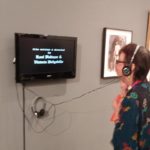
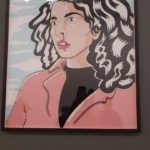



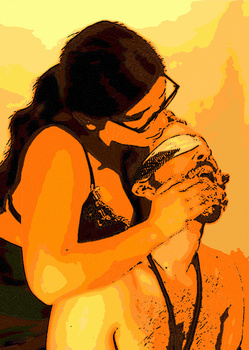

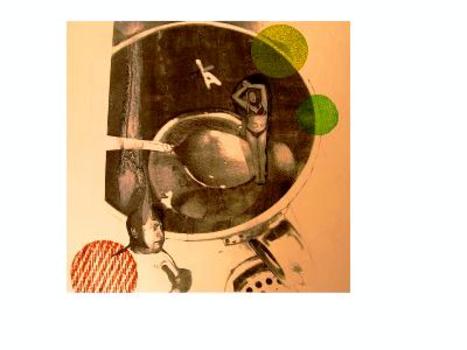
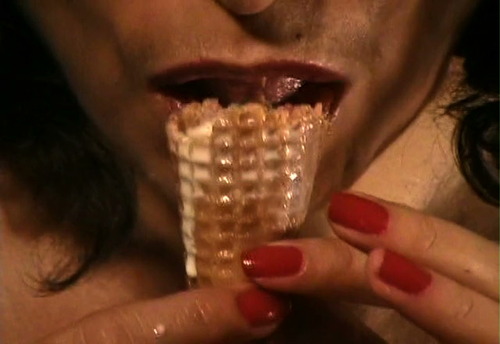
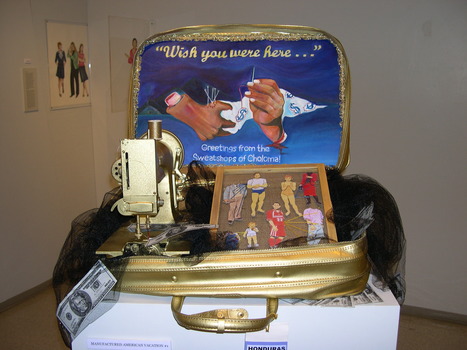

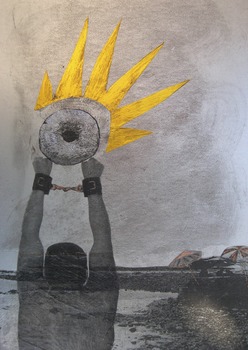
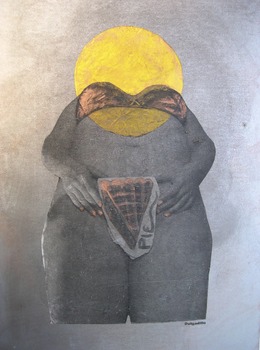
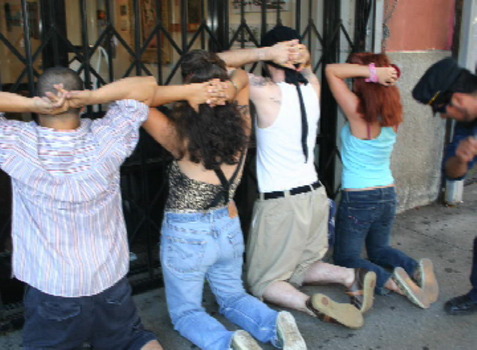


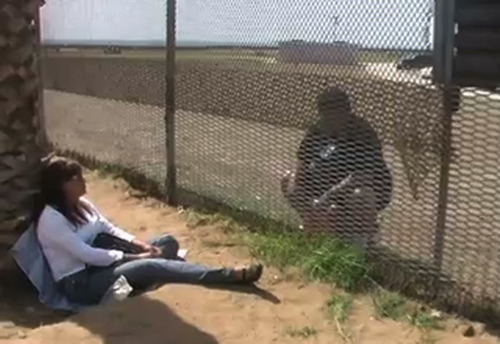
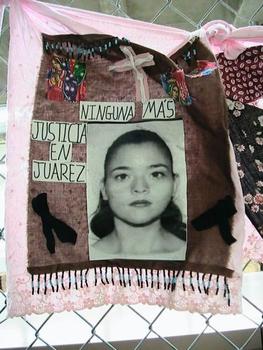
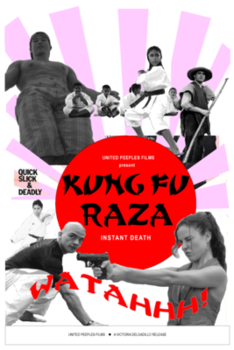


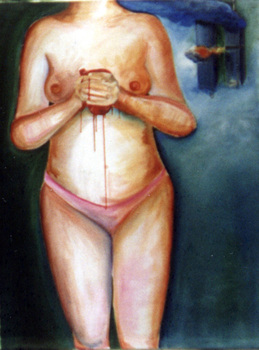

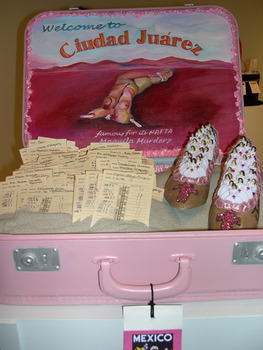


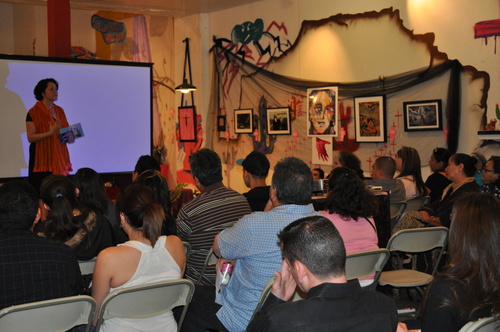
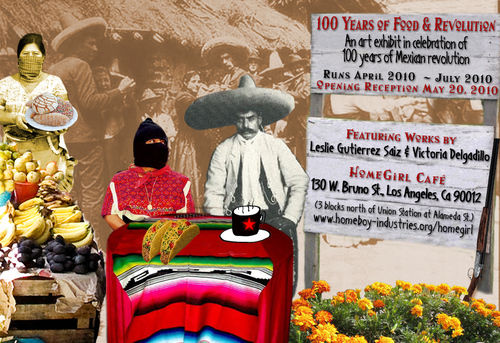

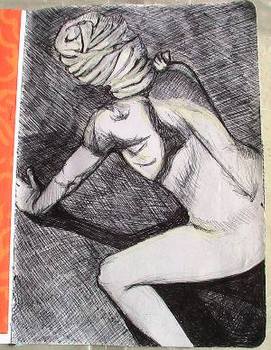


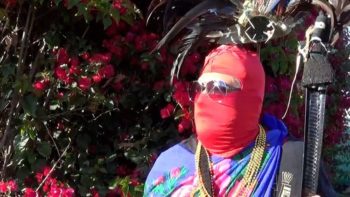
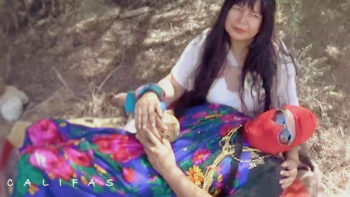
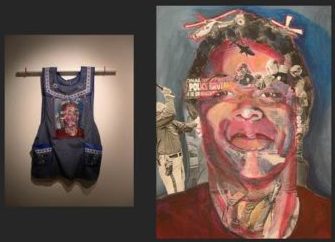
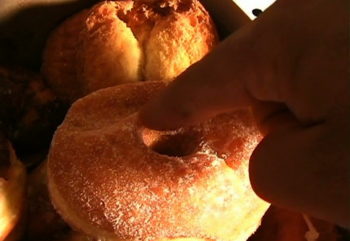
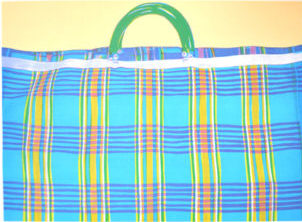
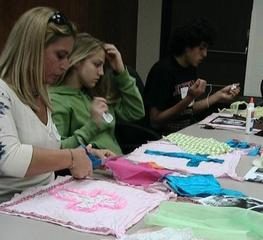
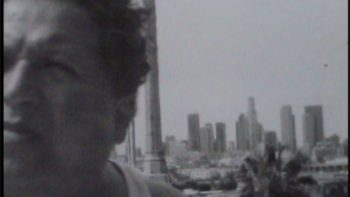


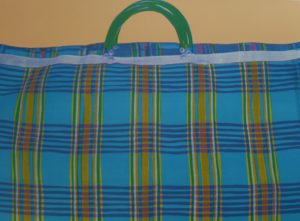
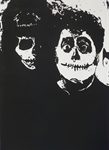
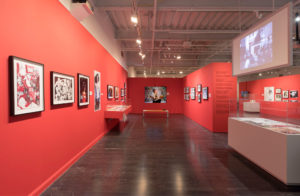 Regeneracion: Three Generations of Revolutionary Ideology examines the transnational exchange and circulation of revolutionary and activist ideas through which political protest intersected with experimental artistic practices across generations, and between the U.S. and Mexico. The exhibition centers on three instances of political and cultural production, each called Regeneracion, and the interconnected ideas and relationships between them. The term regeneracion was first used by the Los Angeles-based, Mexican anarchist Flores Magon brothers in their revolutionary-era political newspaper Regeneracion (1900 – 1918); subsequently adopted in the cultural and political journal Regeneracion (1970 – 1975), which was an important collaborative site for the Chicano avant-garde group Asco; and later evoked in the experimental space Regeneracion/Popular Resource Center of Highland Park (1993 – 1999).
Regeneracion: Three Generations of Revolutionary Ideology examines the transnational exchange and circulation of revolutionary and activist ideas through which political protest intersected with experimental artistic practices across generations, and between the U.S. and Mexico. The exhibition centers on three instances of political and cultural production, each called Regeneracion, and the interconnected ideas and relationships between them. The term regeneracion was first used by the Los Angeles-based, Mexican anarchist Flores Magon brothers in their revolutionary-era political newspaper Regeneracion (1900 – 1918); subsequently adopted in the cultural and political journal Regeneracion (1970 – 1975), which was an important collaborative site for the Chicano avant-garde group Asco; and later evoked in the experimental space Regeneracion/Popular Resource Center of Highland Park (1993 – 1999).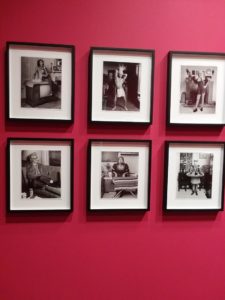 These groups and sites of production were incubators for transnational political thought and forms of resistance that linked Mexico and the United States from the site of Los Angeles, stimulating the creation of journals, print media, plays, music, film, satirical cartoons, drawings, performances, and poetry, and contributing to the convergence of art, community, and politics across the span of one hundred years. Tracing political and artistic modes of cultural production rooted in counter-hegemonic practices within Latino communities in Los Angeles in the twentieth century, Regeneracion: Three Generations of Revolutionary Ideology aims to shed light on nuanced aspects of Southern California’s regional history.
These groups and sites of production were incubators for transnational political thought and forms of resistance that linked Mexico and the United States from the site of Los Angeles, stimulating the creation of journals, print media, plays, music, film, satirical cartoons, drawings, performances, and poetry, and contributing to the convergence of art, community, and politics across the span of one hundred years. Tracing political and artistic modes of cultural production rooted in counter-hegemonic practices within Latino communities in Los Angeles in the twentieth century, Regeneracion: Three Generations of Revolutionary Ideology aims to shed light on nuanced aspects of Southern California’s regional history.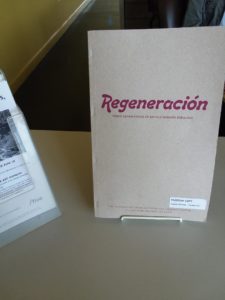



 “Raul Baltazar’s Mi Sereno is an interactive, ritualistic experience over two Sundays honoring multiple generations of cultural workers.
“Raul Baltazar’s Mi Sereno is an interactive, ritualistic experience over two Sundays honoring multiple generations of cultural workers.

 feminism, immigrant rights, environmental and economic justice, Mark Murphy (Executive Director of REDCAT) said, but he credits performances such as Raul Baltazar’s Mi Sereno with the transformative effect of activating, connecting and celebrating communities.†– LA Weekly, Beige Luciano-Adams,  January 24, 2018
feminism, immigrant rights, environmental and economic justice, Mark Murphy (Executive Director of REDCAT) said, but he credits performances such as Raul Baltazar’s Mi Sereno with the transformative effect of activating, connecting and celebrating communities.†– LA Weekly, Beige Luciano-Adams,  January 24, 2018
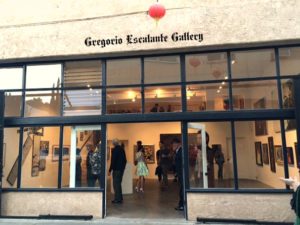





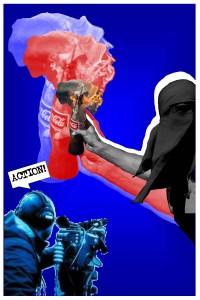

 After V-Day the pink squares were used as part of various Juarez Femicide workshops led by Rigo Maldonado and Victoria Delgadillo in 2004 and after. Materials and images of the women of Juarez (collected by Rigo and Victoria) were provided to participants to create protest art. Art is an excellent way to discuss and strategize for difficult social issues.
After V-Day the pink squares were used as part of various Juarez Femicide workshops led by Rigo Maldonado and Victoria Delgadillo in 2004 and after. Materials and images of the women of Juarez (collected by Rigo and Victoria) were provided to participants to create protest art. Art is an excellent way to discuss and strategize for difficult social issues.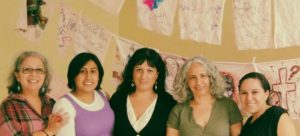





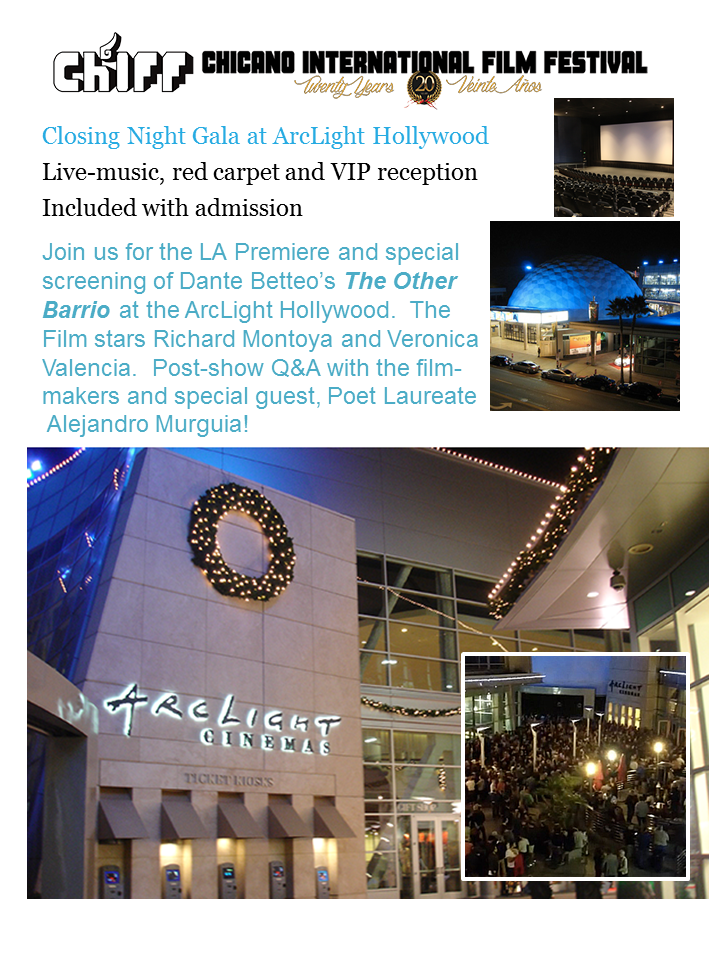







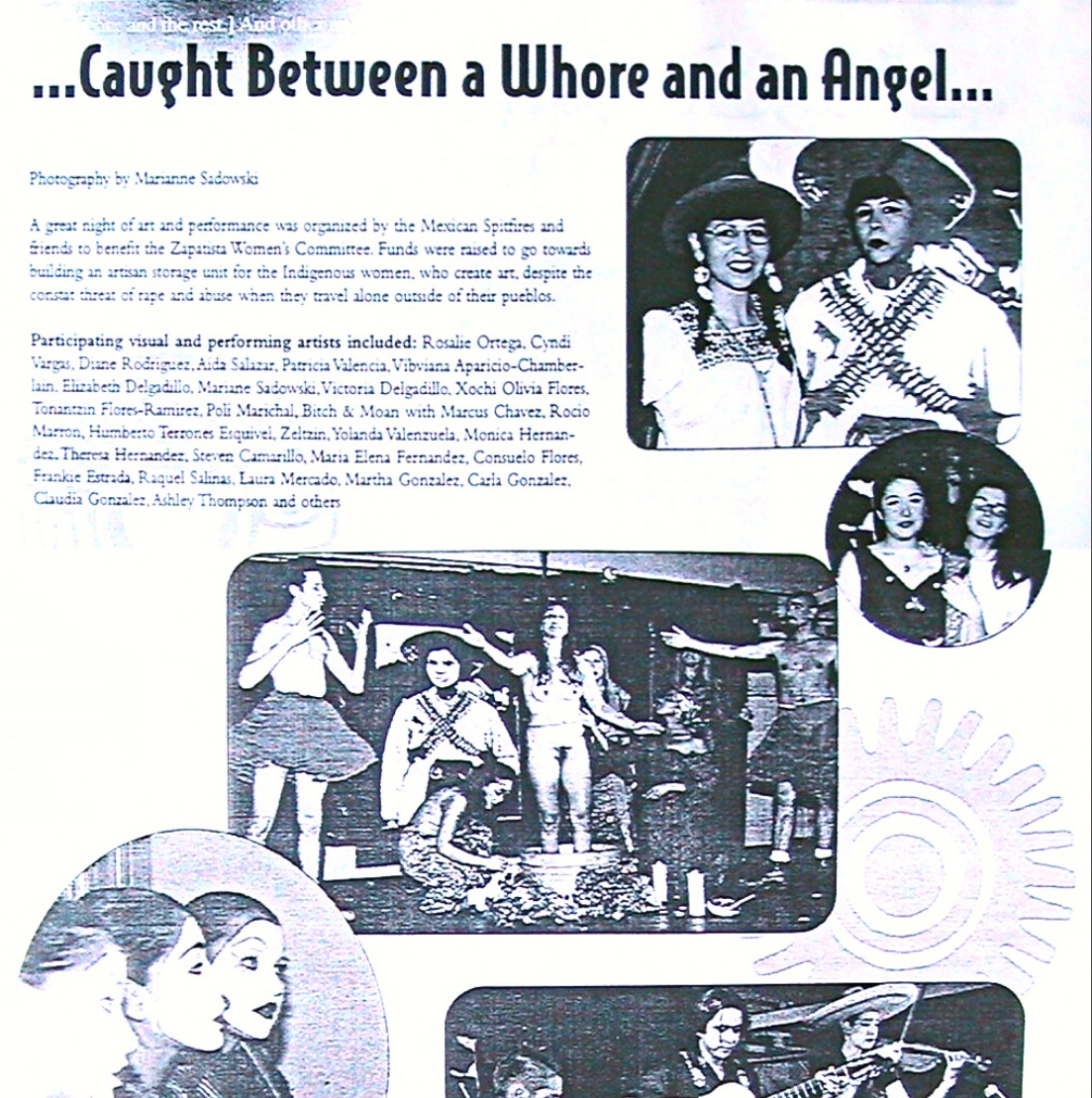
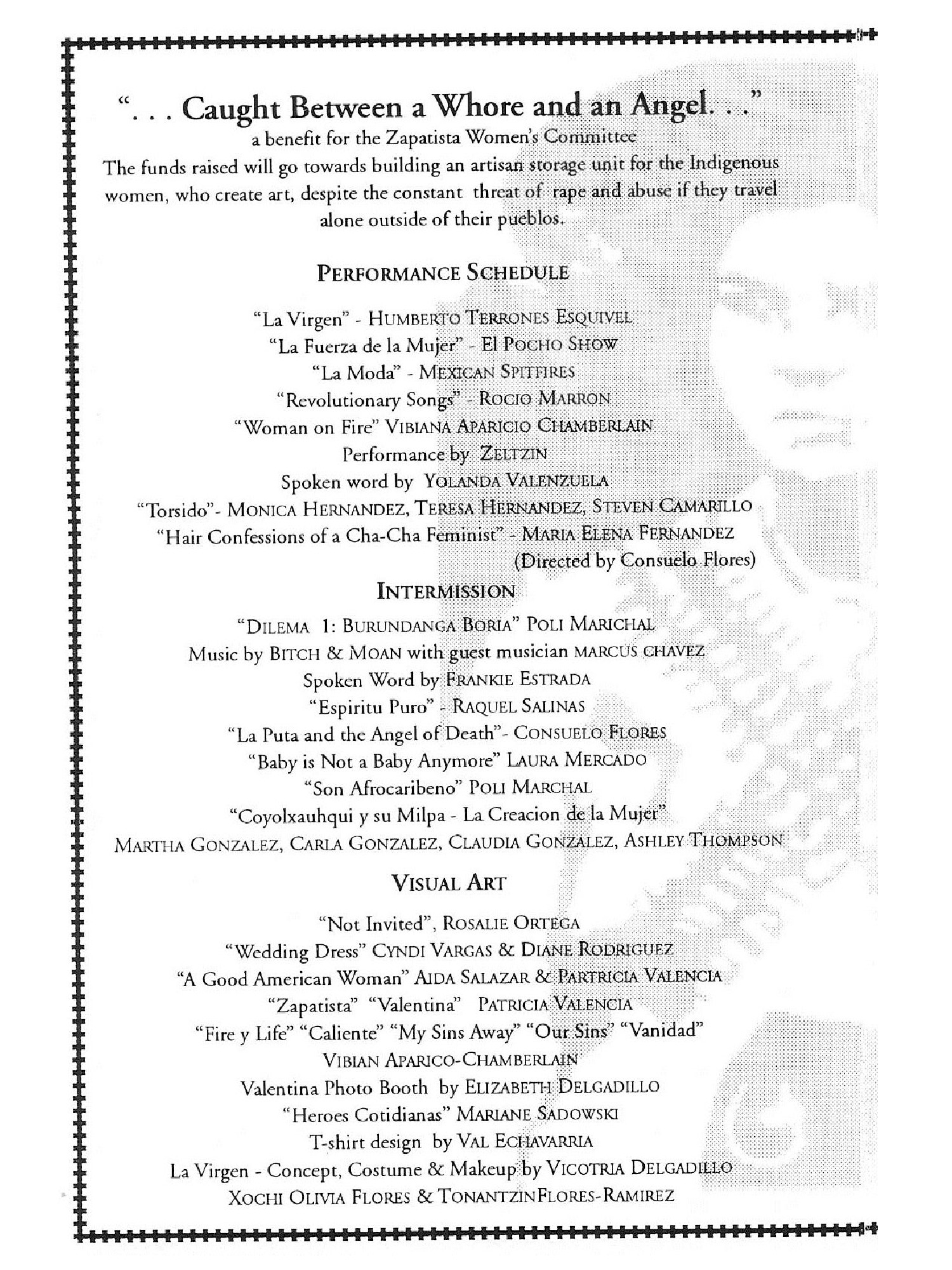
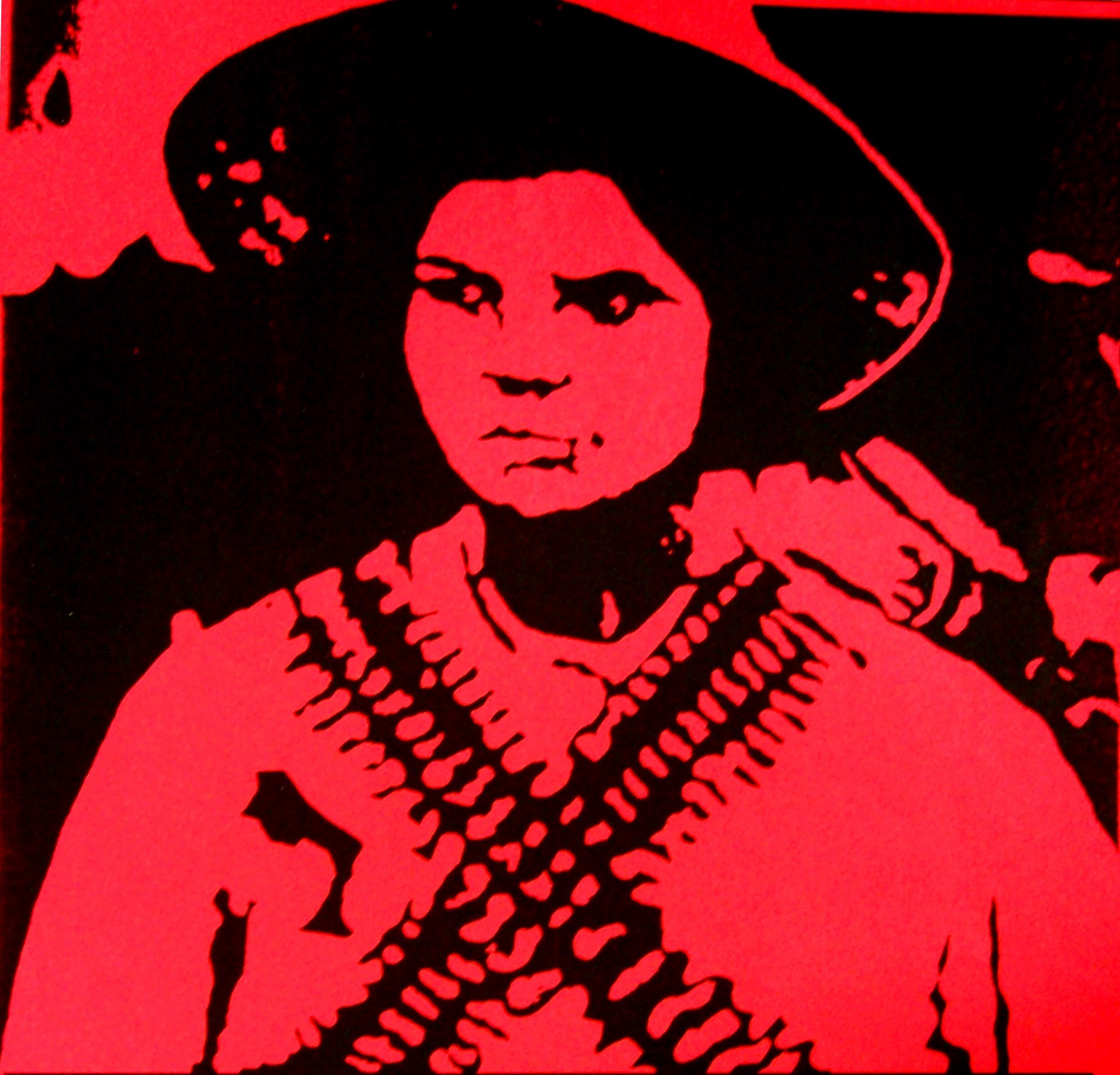
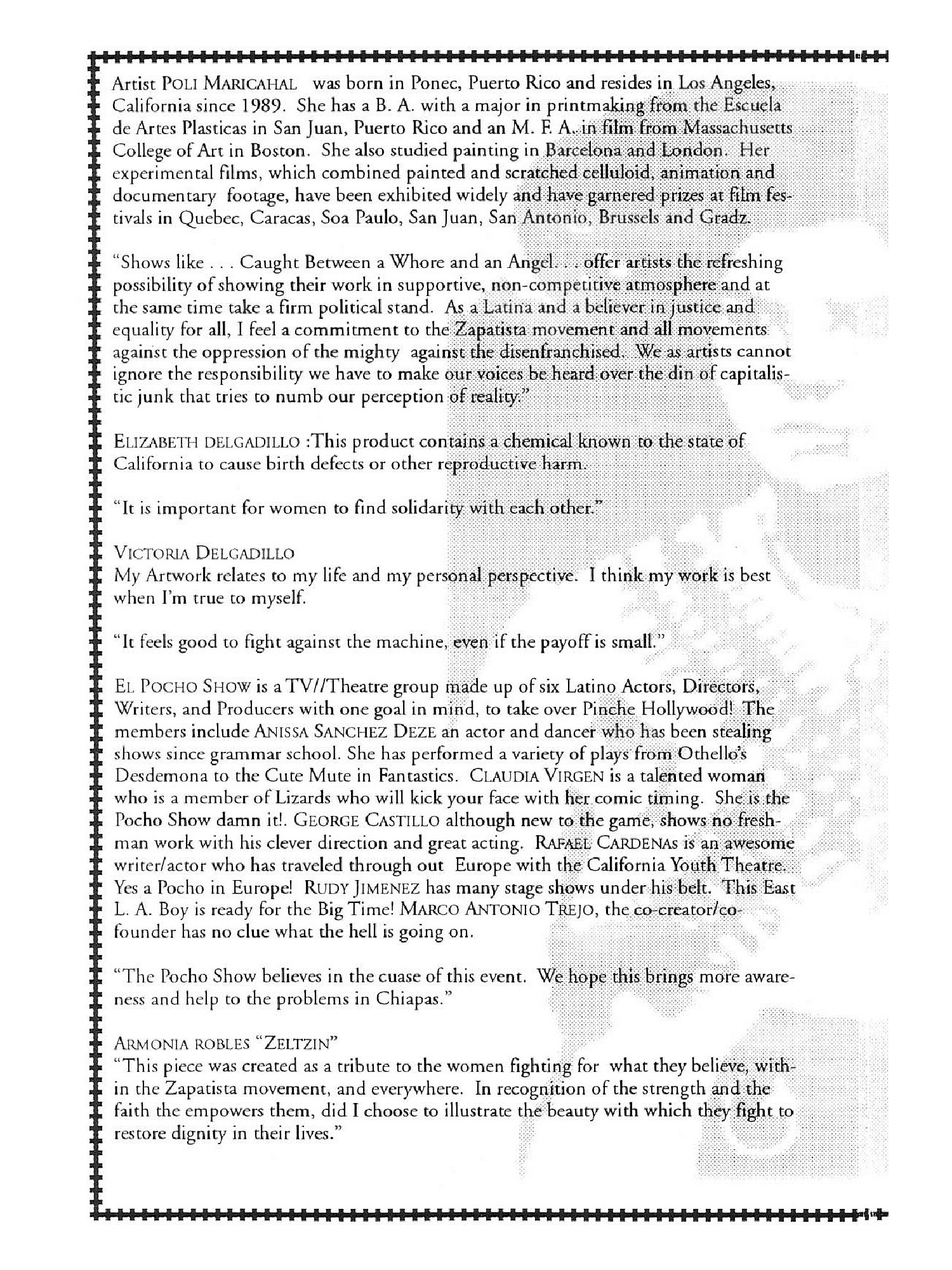

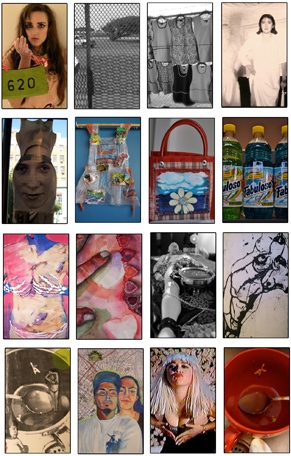

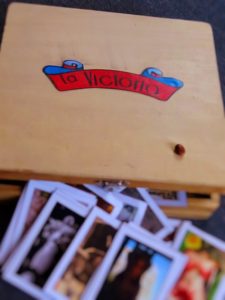

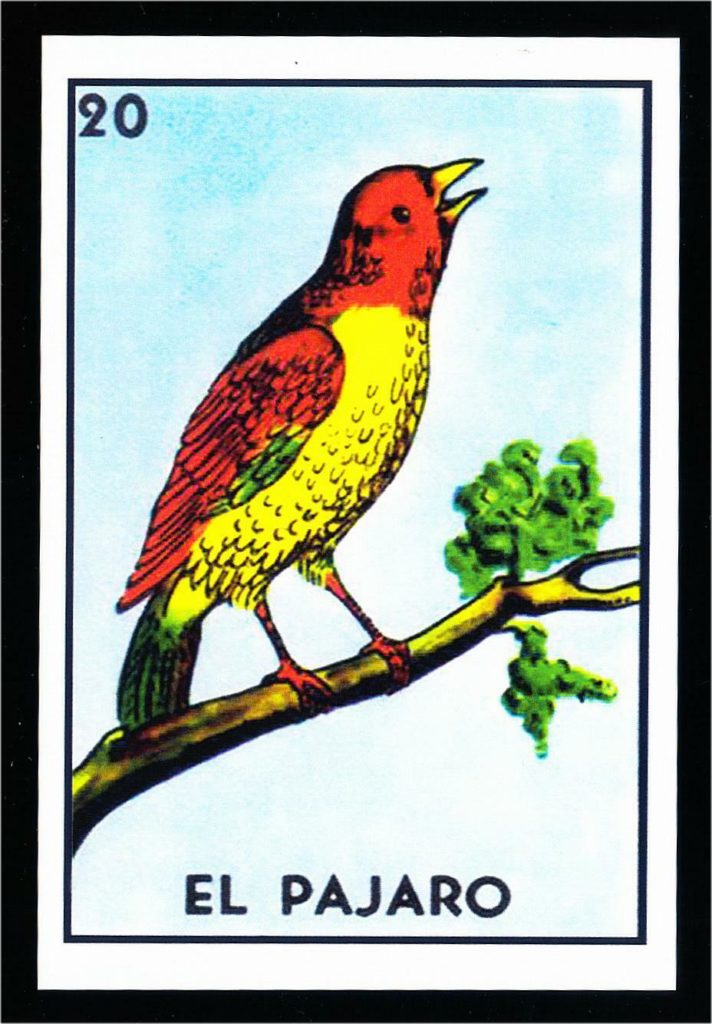
















 pires my art, are those around me. If you look at enough of my work, you will start to realize that many of the models I use are people that I know, mostly friends. I suppose all artists draw from their surroundings.
pires my art, are those around me. If you look at enough of my work, you will start to realize that many of the models I use are people that I know, mostly friends. I suppose all artists draw from their surroundings.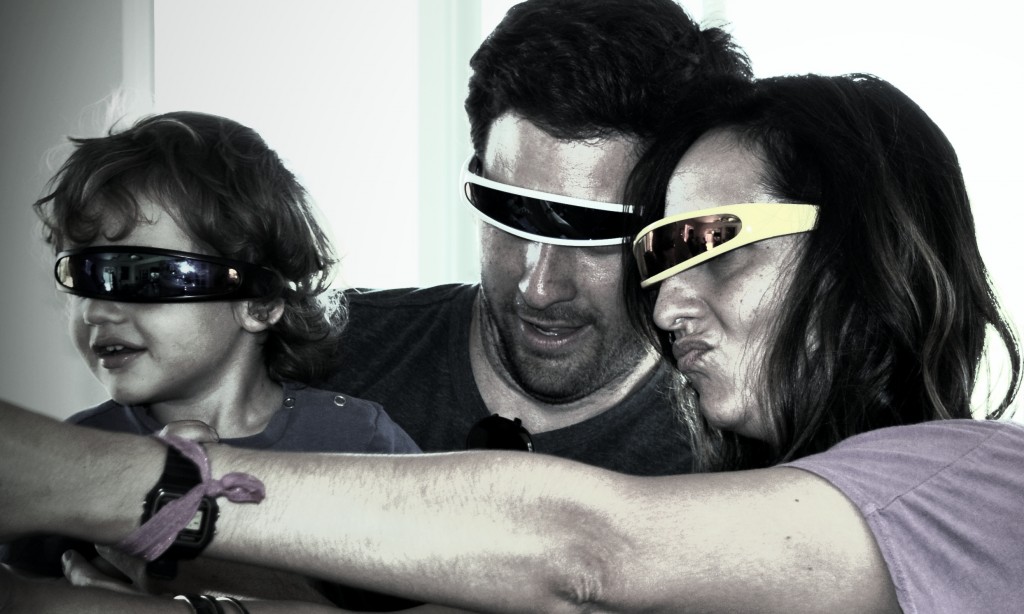







![Drummer du jour [heart], Maria Azteca [crown], Jeninche [green circle], James Brownie [star]](https://victoriadelgadillo.com/blog/wp-content/uploads/2012/10/5cdbbe8e-aab8-4038-9d20-e5db1bab6618_zps9a42c7b5-300x226.jpg)






















